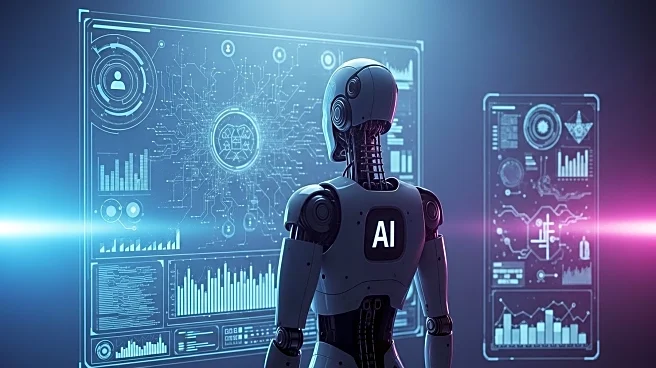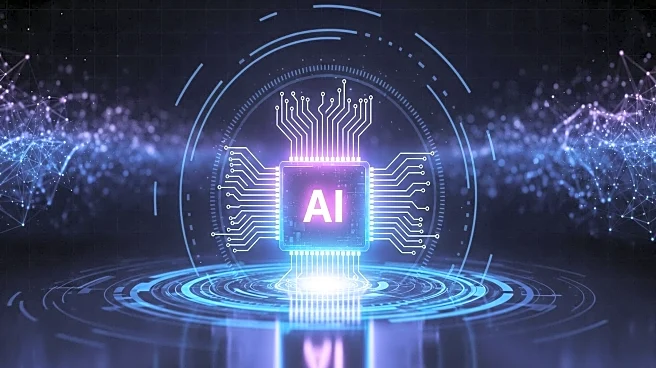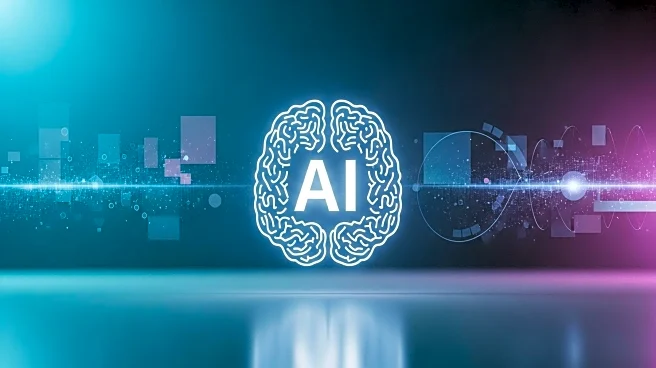What's Happening?
Artificial intelligence is increasingly being integrated into the hiring process, particularly through Applicant Tracking Systems (ATS). These systems are designed to manage large volumes of applications by filtering and ranking candidates, thereby streamlining recruitment. ATS offer varying levels of sophistication, from basic keyword searches to predictive tools that assess cultural fit based on data from previous successful hires. While ATS provide consistency and efficiency, they also raise concerns about their reliability and limitations, particularly in capturing the full range of qualities that make someone suitable for a role.
Why It's Important?
The use of ATS in hiring is significant as it addresses the challenges of modern recruitment, such as the risk of overlooking strong candidates and the potential for bias. By centralizing applications and providing a consistent first filter, ATS help reduce uncertainty in the hiring process. However, their effectiveness is contingent on the clarity of job profiles; roles with fluid boundaries may lead to crucial qualities being overlooked. For managers, understanding the limitations of ATS and using them as a first filter rather than a final decision-maker is crucial. For candidates, preparing resumes that cater to both algorithmic and human audiences is essential.
What's Next?
As ATS become standard practice in many organizations, both managers and candidates must adapt to this digital hiring innovation. Managers should challenge the output of ATS and intentionally seek unconventional profiles to broaden selection perspectives. Candidates should ensure their resumes are clear and comprehensive to avoid ambiguity. The hiring process should incorporate multiple selection methods to identify the best applicant for the job, balancing the efficiency of technology with human judgment.
Beyond the Headlines
The integration of ATS in hiring processes highlights the ethical considerations of relying on technology for decision-making. While ATS offer efficiency, they must be used judiciously to avoid overlooking candidates with potential due to unconventional profiles. The balance between technology and human judgment is crucial in making effective hiring decisions, emphasizing the need for critical thinking in tech-driven innovations.










